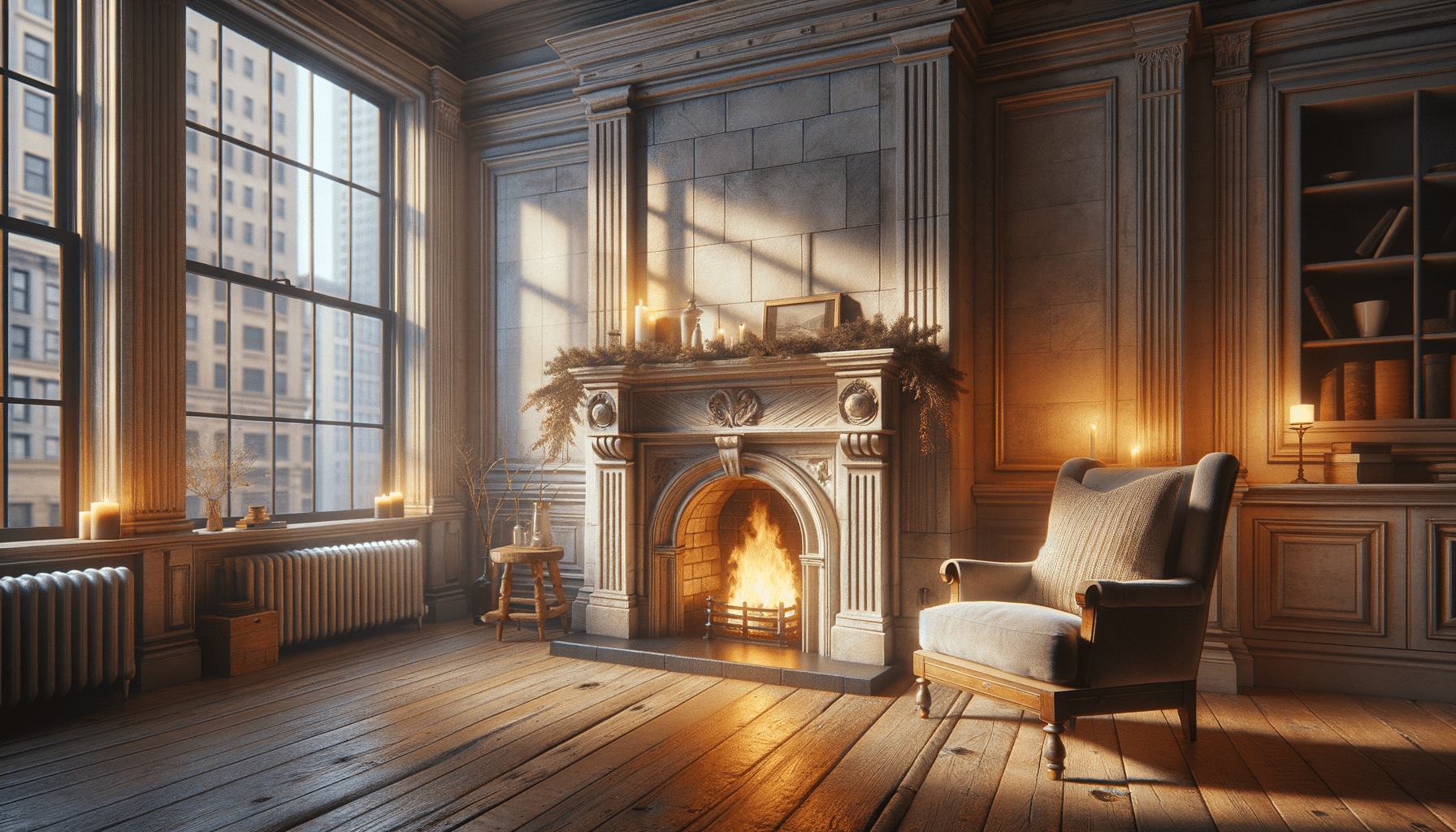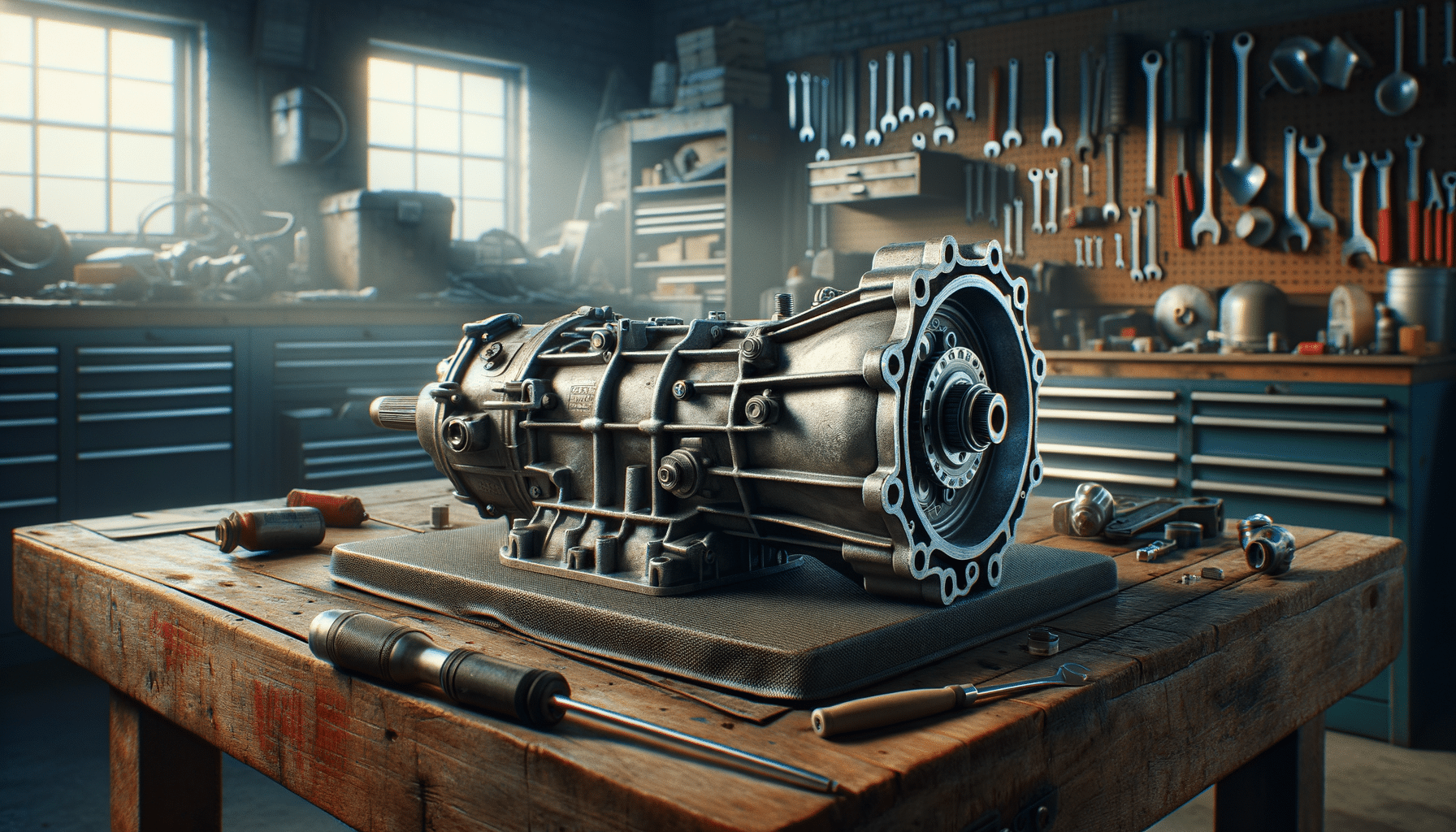
Exploring the Warmth and Charm of Fireplaces
Introduction to Fireplaces
Fireplaces have long been a focal point in homes, offering warmth, ambiance, and a touch of classic charm. Whether nestled in a cozy living room or serving as a centerpiece in a grand hall, fireplaces provide both functional and aesthetic benefits. As we delve into the world of fireplaces, we will explore their historical significance, the different types available today, and how they can transform a living space. From traditional wood-burning hearths to modern gas and electric models, there is much to discover about these timeless features.
The Historical Significance of Fireplaces
Fireplaces have been an integral part of human habitation for centuries, evolving from simple fire pits to sophisticated architectural elements. Historically, they served as the primary source of heat in homes and a place to cook food. In medieval times, grand fireplaces were often the centerpiece of castles, reflecting wealth and status. The evolution of fireplace design mirrors advancements in technology and changes in societal needs. As societies progressed, fireplaces became more than just heating sources; they evolved into symbols of comfort and hospitality, often adorned with intricate mantels and decorative elements.
Types of Fireplaces: Traditional to Contemporary
The world of fireplaces offers a variety of options to suit different tastes and needs. Traditional wood-burning fireplaces are cherished for their authentic crackling sounds and the aroma of burning wood. These fireplaces require a chimney and regular maintenance but offer an unparalleled classic experience. Gas fireplaces, on the other hand, provide convenience with the flick of a switch and require less upkeep. Electric fireplaces are a modern alternative, offering versatility in placement and design without the need for ventilation. Each type of fireplace has its own set of advantages, making it essential to consider factors like installation, maintenance, and personal preference when choosing the right one for your home.
The Aesthetic Appeal of Fireplaces
Beyond their practical use, fireplaces add a significant aesthetic value to any space. They serve as a design element that can enhance the overall ambiance of a room. A well-chosen fireplace can complement the architectural style of a home, whether it be rustic, modern, or traditional. Mantels and surrounds offer additional opportunities for personalization, allowing homeowners to showcase art, photographs, or seasonal decorations. Fireplaces create a natural gathering spot, fostering social interaction and providing a warm, inviting atmosphere.
Fireplaces and Energy Efficiency
While fireplaces are often associated with warmth and coziness, it’s important to consider their energy efficiency. Traditional wood-burning fireplaces can be less efficient, as much of the heat escapes through the chimney. However, modern advancements have led to the development of more energy-efficient models, such as gas and electric fireplaces. These options can significantly reduce energy consumption while still providing ample heat. Additionally, inserts and stoves can be added to existing fireplaces to improve efficiency. By choosing the right type of fireplace and utilizing energy-efficient practices, homeowners can enjoy the benefits of a fireplace without compromising on energy costs.
Conclusion: The Timeless Appeal of Fireplaces
In conclusion, fireplaces continue to be a cherished feature in homes, offering both practical and aesthetic benefits. Whether you prefer the traditional charm of a wood-burning hearth or the convenience of a modern electric model, there is a fireplace to suit every taste and lifestyle. As we embrace advancements in technology and design, fireplaces remain a symbol of warmth and hospitality, creating a welcoming environment that brings people together. By understanding the different types and considering energy efficiency, you can select a fireplace that not only enhances your home but also aligns with your values and needs.


